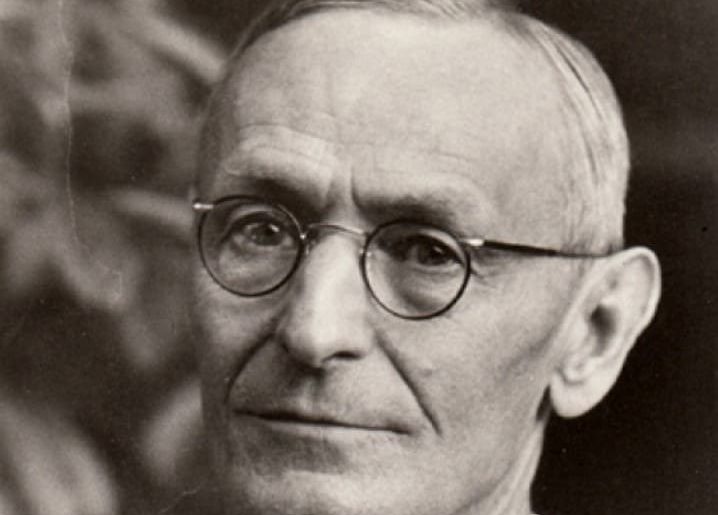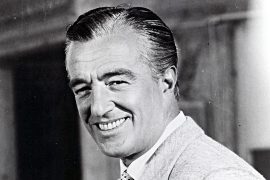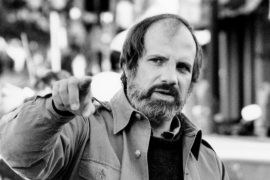Who is Herman Hess?
Hermann Karl Hesse, pseudonym: Emil Sinclair (born July 2, 1877 in Calw, † August 9, 1962 in Montagnola, Switzerland; entitled to reside in Basel and Bern), was a German-Swiss writer, poet and painter.
What is typical of Hermann Hesse?
Hesse became famous through prose poems such as »Siddharta« or »Steppenwolf«; his numerous aphorisms and poetry cycles also found a wide audience. In 1946 the writer and poet was awarded the Nobel Prize for Literature; In 1955 he received the Peace Prize of the German Book Trade.
What is the name of a famous poem by Hermann Hesse?
“And there is magic in every beginning”: This verse from “Steps”, one of the best-known poems by the writer Hermann Hesse, has entered everyday language.
Why did Hermann Hesse receive the Nobel Prize?
In 1946 Hesse received the prize “for his inspired authorship, which in its development to boldness and depth at the same time represents classical ideals of humanity and is characterized by stylistic mastery”.
Was Hermann Hesse banned in the GDR?
He spoke out strongly against National Socialism early on. Although his works were not banned under the Nazis, they were despised nonetheless. At the time, Hesse was residing in Switzerland and helping other authors and intellectuals, such as Thomas Mann, on their way to exile.
What are the main works by Hermann Hesse called?
His most important works include “Unterm Rad” 1906; “Siddhartha” 1922; “The Steppenwolf” 1927; “Narcissus and Goldmund” 1930; “The Journey to the East” 1932; “The Glass Bead Game” 1943.
What is the name of Hermann Hesse’s most successful novel?
In 1922 Siddharta appeared, the author’s most successful work up to that point. The next novels Kurgast, the Nuremberg Journey and Steppenwolf were equally celebrated by readers and critics.
Was Hermann Hesse at war?
The years of the First World War were a great burden for Hermann Hesse: he did not share his enthusiasm for the war and was ostracized for it. He had many family problems and not enough money. His letters from this great time of crisis bear witness to how he felt.
How many books did Hermann Hesse write?
The Swiss novelist HERMANN HESSE was primarily a narrator, but also a poet. HESSE’s work comprises almost 40 books, including novels, short stories, poems and reflections, which according to expert estimates were distributed worldwide in over 70 million copies at the time of his death.
For which work did Hesse receive the Nobel Prize?
“The Glass Bead Game” and “War and Peace” were the reasons why he was awarded the Nobel Prize for Literature on November 14 of the same year. A year later he was made an honorary doctor and honorary citizen of Calw, his native town, for his life’s work.
In which era did Hermann Hesse write?
Hesse wrote most of his texts during the Weimar Republic. The literature of the Weimar Republic was very diverse and it is almost impossible to bring the texts to a common denominator. The works of Hesse cannot be assigned to any specific epoch or trend.
Which poems did Hermann Hesse write?
One of Hermann Hesse’s best-known poems is “Steps” with what is probably Hesse’s most popular quote “And there is magic in every beginning”. I can recommend “Steps: Selected Poems” in book form for self-reading or as a gift from insel Verlag (look at Amazon).
What is what it is says love?
It is what it is, says love. It’s bad luck, says the calculation. It’s nothing but pain, says fear. It’s hopeless, says insight.
What does the saying every beginning has its magic in it?
The quote brought by Kern comes from the first stanza of the philosophical poem “Steps”. In it, Hesse describes life as an ongoing process, in which every phase of life that has been passed is followed by a new one.
Who can love is happy?
Who can love is happy. Every movement of our soul, in which it feels itself and feels its life, is love. So happy is he who is able to love much. But love and desire are not quite the same.
where there is love there is happiness
“Happiness is love, nothing else. He who can love is happy.” “Happiness is the only thing we can give to others without having it ourselves.”
Who can love is happy content?
It ranges from the idealizing fascination of puberty, to the crisis-prone symbiosis in marriage, to the altruistic forms of selfless charity that are no longer fixed on a partner: »Life only has meaning through love.
Where is Hermann Hesse’s grave?
San Abbondio Cemetery
Where did Hesse meet his second wife?
In May 1919 Hesse had rented four small rooms in the “Casa Canruzzi” in Montagnola. After a hike with friends from there to Carona on July 22nd, where they visited the Wenger family in their summer residence, he met their daughter Ruth.
Where did Hermann Hesse live in Switzerland?
Hermann Hesse spent his last 40 years in Montagnola near Lugano, where he deliberately lived in seclusion. In the village, nobody knew about his fame for a long time. That has changed over time. longing for the south.
What is the name of the birthplace of Hermann Hesse?
Calw is a medium-sized town in Baden-Württemberg, about 18 kilometers south of Pforzheim and 33 kilometers west of Stuttgart. The district town, which is also the largest town in the district of Calw, forms a central center for the surrounding communities. Since January 1, 1976, Calw has been a major district town.





